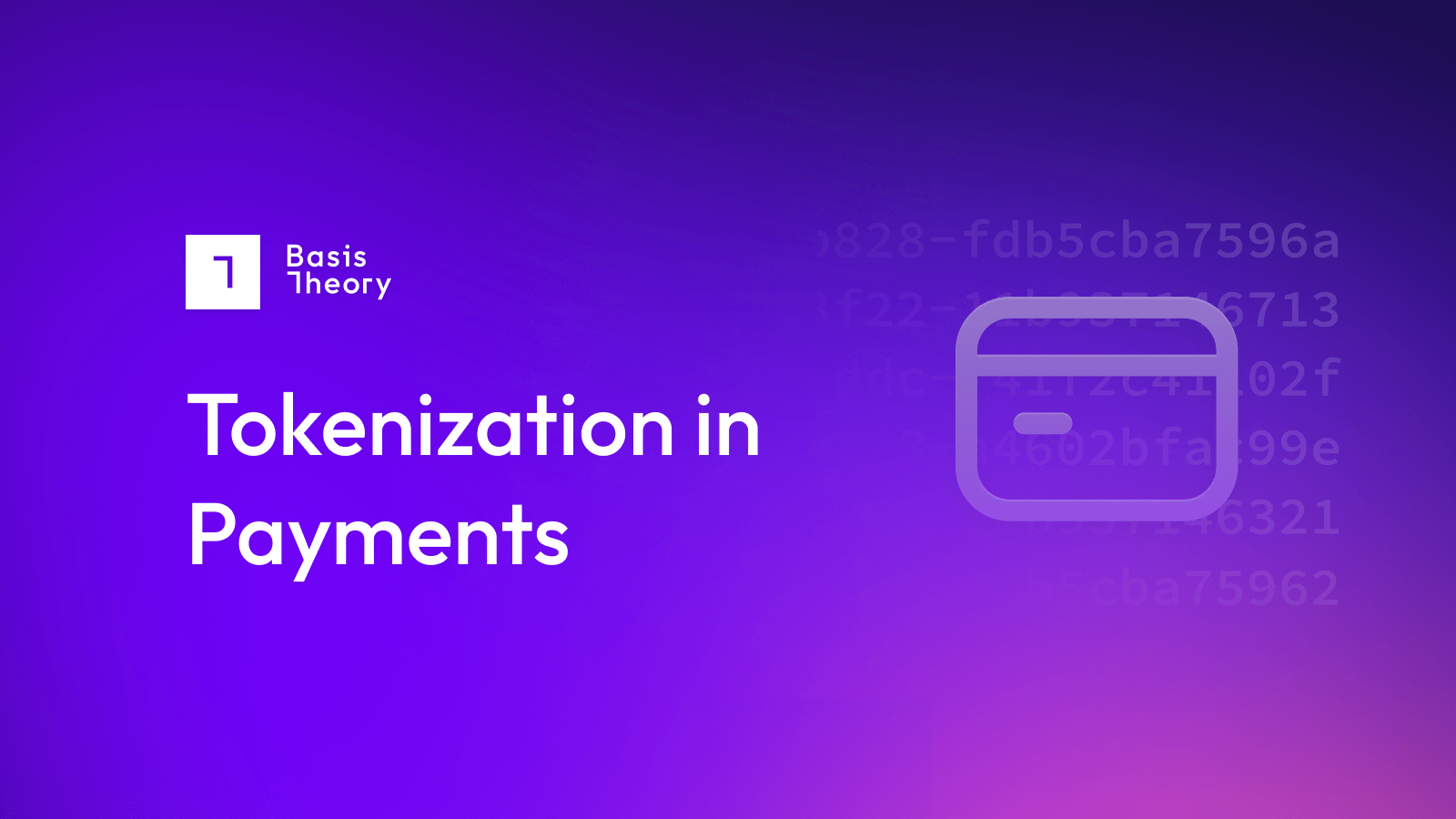Payment Reconciliation: Process, Challenges, and How to Automate It

Accurate record-keeping is vital to the success of any business, as it ensures the expected revenue comes in and the expected expenses are charged. Reconciling payments ensures these records are accurate, and if discrepancies are found, makes it easy for merchants to identify the source of any issues and take the appropriate steps to correct them.
Payment reconciliation is the process of matching and verifying the payments made by customers with the corresponding invoices and receipts. This process ensures that all payments are accurately recorded and accounted for, and that any discrepancies are identified and resolved promptly.
As a merchant, payment reconciliation can be a daunting task. However, reconciling regularly is essential to keeping financial records accurate and up-to-date. This avoids any potential legal or financial issues down the line.
How does payment reconciliation work?
Each industry has specific reconciliation challenges, whether it's a SaaS subscription, marketplace, or higher-risk merchant.
Generally speaking, the reconciliation process unfolds in two stages: internal and external record keeping.
- Internal Record Keeping: During this stage, the business records a transaction in its accounting software or preferred record retention system. Businesses may also save receipts, invoices, and billing paperwork to assist in this process and help ensure accuracy. However, businesses should never rely solely on these items as a means of keeping records. It is paramount that these records are as accurate as possible at this stage to ensure smooth reconciling later on.
- External Record Keeping: During this stage, the bank records transactions as they are processed. The bank will then make a statement available to the business, usually monthly, detailing crucial information like payer, payee, amount, date, and payment method for each transaction.
Finally, internal and external records are reconciled. This is when the business checks that both the internal and external line-by-line activity matches. In other words, the total funds coming in and going out according to internal records should be the same as the total funds coming in and out according to the bank.
If the internal record keeping is done with efficient and accurate processes, then most of the time, the internal and external records will match. In this case, the reconciliation serves as a confirmation that the balance sheet of the business is accurate and true. If the figures don’t match, most common reconciliation errors are internal and due to human error. But in some instances, the bank causes the reconciliation issue, and it is better to take action quickly to get the issue resolved promptly.
Why should a business reconcile transactions regularly?
The most important, and likely obvious, reason to reconcile payments regularly is to maintain accurate records. A merchant will want to ensure it can provide accurate transaction details if any reconciliation issue arises with a customer, a vendor, or another third-party.
For example, marketplaces like Etsy or Uber face complex reconciliation challenges because of their multi-party payment flows. SaaS platforms with recurring billing systems face the ongoing challenge of reconciling subscription revenue. Online travel agencies or rental companies will have pre-authorizations on customer cards that settle or void days and weeks later!
When each transaction may involve a platform fee, service provider fee, refund, or adjustment—these are all processed at different timelines—creating common reconciliation challenges like:
- Pre-auth amount is different from final charge.
- Processor reports do not align with bank statements due to timing differences.
- Refunds, reversals, or disputes alter past transactions that have been closed in internal systems.
If your records are months behind, you will struggle to confirm the purchase details should a customer contact you about a purchase from last week that you have yet to review.
The final aspect of payment reconciliation is communication with customers. It is crucial to ensure that your customers are aware of their payment obligations and that they receive accurate and timely invoices. This can help prevent any misunderstandings or disputes down the line and ensure that your cash flow remains healthy.
Benefits of Automating Payment Reconciliation
If the most common reconciliation issues are caused by manual payment reconciliation, introduce automation.
As a merchant increases payment volumes, relying on spreadsheets and human review are unscalable activities. By automating payment reconciliation, you can:
- Reduce Manual Effort: Automatically match transactions between the bank, payment processor, and internal systems. Fewer reconciliation mistakes, and fewer surprises during audits.
- Faster Month-End Closes: Discrepancies are solved in real-time, leaving the finance team more time to be strategic.
- Visibility into Cash Flow: Spot payment failures, chargebacks, or delays before becoming an issue.
Payment reconciliation is critical for any business that deals with financial transactions. At Basis Theory, we're working with companies to secure their payment operations, ultimately simplifying their payment reconciliation processes. Through a payment vault and tokenization service, we normalize transaction data across multiple payment service providers (PSPs) and make it accessible whenever your systems need it.
We helped our customer Forage reduce their payment complexity. Learn how in our case study!
.png?width=365&height=122&name=BTLogo%20(1).png)



